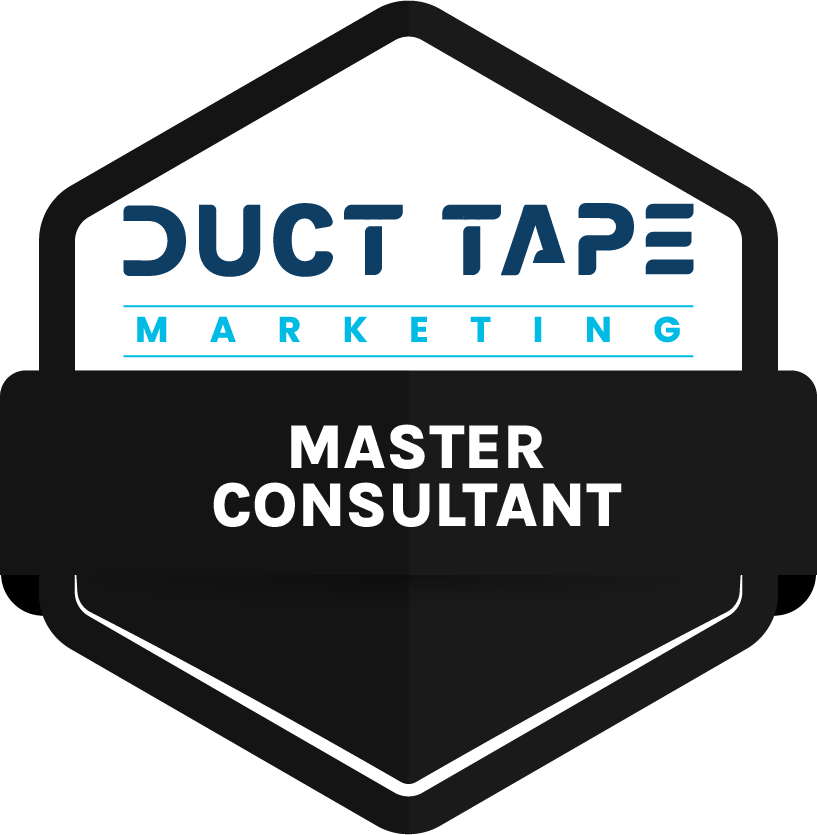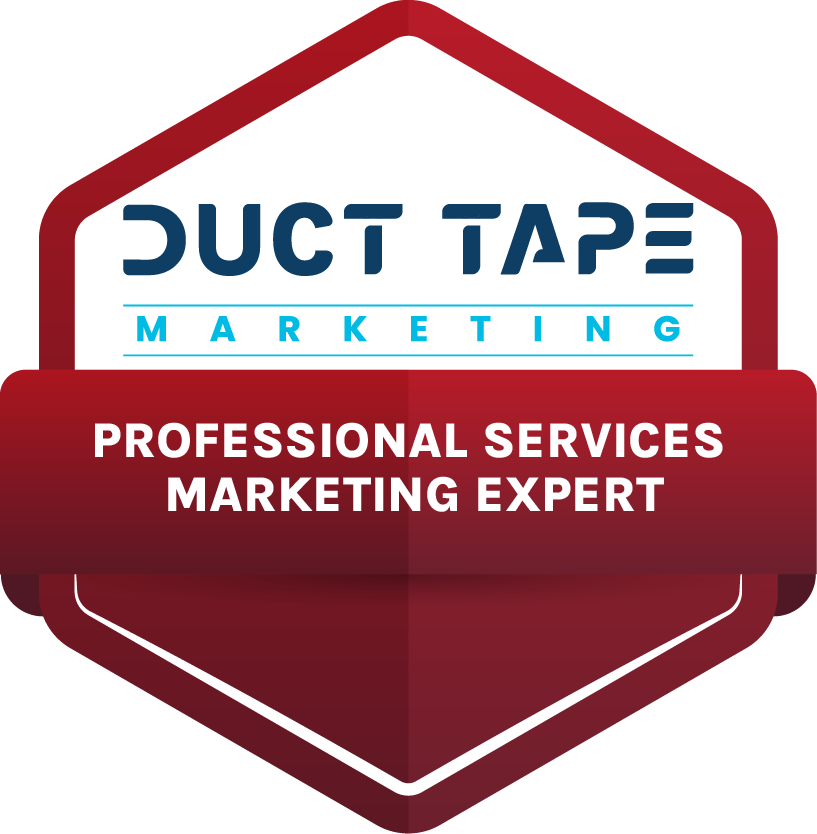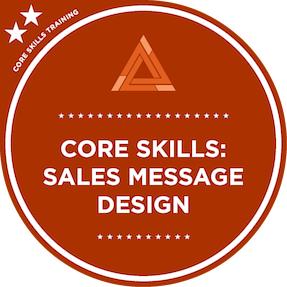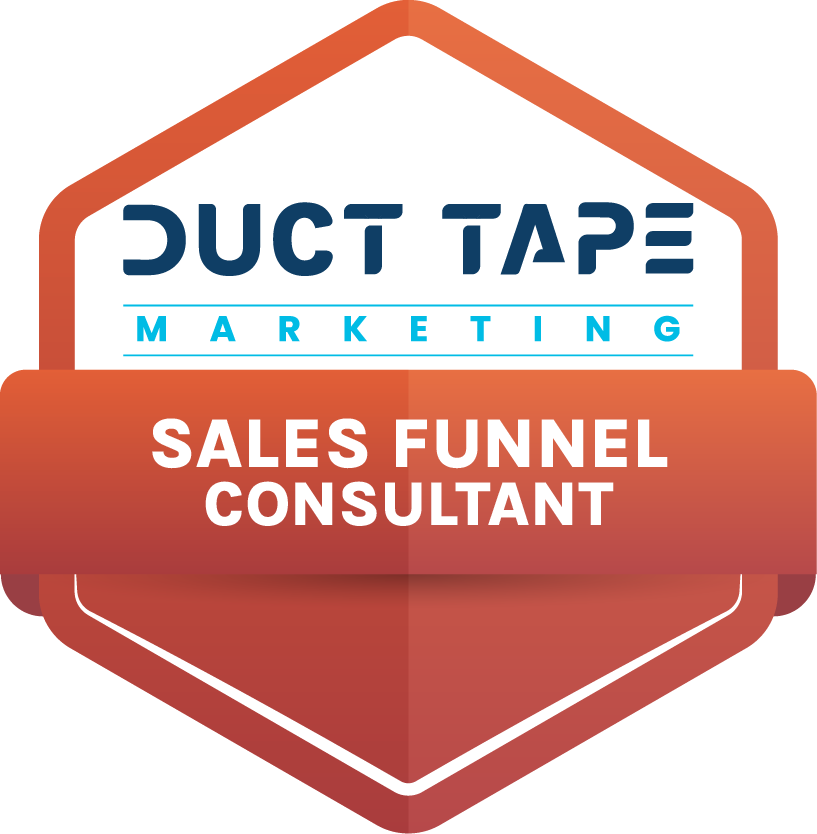 Hiring marketing help isn’t the issue. It’s figuring out which kind of help will get results without wasting time, money, or your team’s attention.
Hiring marketing help isn’t the issue. It’s figuring out which kind of help will get results without wasting time, money, or your team’s attention.
If you’re leading a firm that’s ready to grow but your marketing feels stuck or scattered, you’re likely weighing three common options: hire in-house, work with a marketing agency, or bring in a fractional CMO.
Each option has strengths. Each one also comes with trade-offs. Here’s how to figure out what’s going to help move your business forward.
In-House: Full Control, Full Responsibility
Pros:
- You control the priorities, the pace, and the message.
- Internal team members tend to develop a deeper understanding of your business.
- Easier collaboration with sales, customer success, and leadership teams.
Cons:
- Hiring takes time and money. Salaries, benefits, and training add up quickly.
- One hire rarely covers all bases. Strategy, content, social, email, analytics, and ads? All these tactics are more than a one-person job.
- Turnover can wipe out months of progress.
When this works: You’ve already invested in a clear marketing strategy and now need a team to execute consistently. You can afford to hire more than one person, and you’re ready to manage that team. You value in-house knowledge and want marketing closely aligned with other business functions.
What to watch for: If your new hire is spending most of their time “figuring it out,” there’s a gap in leadership. Also, pay attention to the output. If it’s taking months to get campaigns live or publish content, they may be overwhelmed or unsure of what matters most. Hiring in-house without strong direction can lead to busywork that doesn’t move the needle.
Marketing Agency: Access to Skills, But Not Strategy
Pros:
- You get access to writers, designers, developers, and ad managers without hiring for each role individually.
- Projects and campaigns can move quickly with the right team in place.
- You’re not managing day-to-day staff.
Cons:
- Agencies follow your direction. If you don’t have a roadmap, they won’t build one for you.
- You may not always know who’s working on your account or how much time they’re spending.
- If you’re not a top client, your work can get deprioritized. You may get ‘stuck’ with a junior staffer.
When this works: You already have someone inside your business who can set strategy, give direction, and hold the agency accountable. You’re clear on what needs to be done, and you’re hiring an agency to execute a specific set of tasks, such as a website redesign, SEO campaign, or ad management.
What to watch for: If you’re constantly reviewing deliverables and wondering how they connect to results, that’s a sign there’s no strategy in place. If you feel like you’re repeating yourself or getting inconsistent output, it might be a fit issue. Also, watch for scope creep and unexpected fees that weren’t discussed upfront.
Fractional CMO: Strategy and Execution Leadership Without the Full-Time Price Tag
Pros:
- You get senior-level leadership that can build a strategy, set priorities, and manage execution.
- A strong fractional CMO sets the plan and ensures the work gets done to high standards.
- You get access to experience without having to hire a full-time executive.
Cons:
- There’s a cost, but often less than a full-time hire or a poorly scoped agency.
- You’ll still need someone to execute the day-to-day work if that’s not included in the model.
When this works: You’ve tried a few things and realized your marketing feels like a series of disconnected efforts. You need someone who can step in and create a plan that is aligned with your business goals. Or, perhaps you’ve outgrown DIY marketing but don’t need—or want—a full-time CMO. You’re ready for accountability, leadership, and marketing that supports revenue.
What to watch for: Some fractional CMOs are advisors only, meaning you’ll still need to assemble a team to get things done. Ask how involved they are in implementation. You’ll also want to make sure they’ve worked with companies at your stage before. If they only come from large enterprise backgrounds, they may not be as comfortable working with leaner teams.
What’s Right for You?
Choosing between an in-house hire, a marketing agency, or a fractional CMO should be based on what your business needs right now to support its business goals.
Use this as a quick reference:
|
If You Need |
Consider |
|
Someone to build and manage a team |
In-House Hire |
|
Execution help on defined tasks |
Marketing Agency |
|
Strategy plus oversight of execution |
Fractional CMO |
Explore the Benefits of a Fractional CMO for Your Firm
If you need a structured plan, strong leadership, and consistent execution, a fractional CMO could be the missing piece. Check out our fractional CMO case studies to see how other companies implemented fractional marketing leadership.
Ready to see if it’s a fit? Book a complimentary consultation, and we’ll take a look at where your marketing stands and what you can do to get more out of it.
PS: Like what you’re reading? Subscribe to Magnetic Marketing Tips and stay in the know.
Don’t miss these previous articles:
How to Run a One-Hour Marketing Check-in That Keeps Everything on Track
The 5 Most Time-Consuming Marketing Tasks (and How to Streamline Them)
Refreshing Brand Messaging for a Performance Strategy Specialist
From Awareness to Action: How Marketing Fuels the Sales Pipeline






